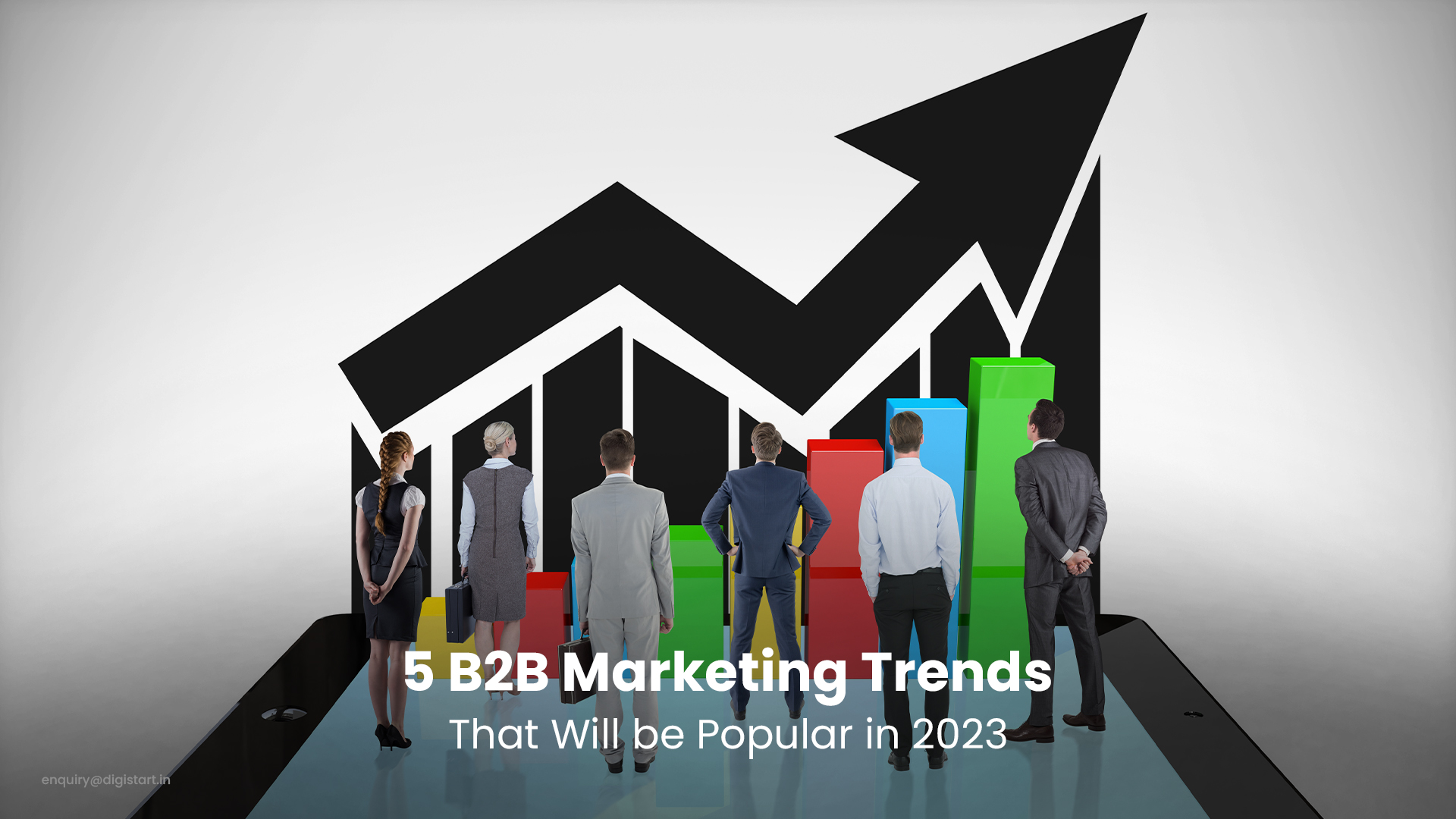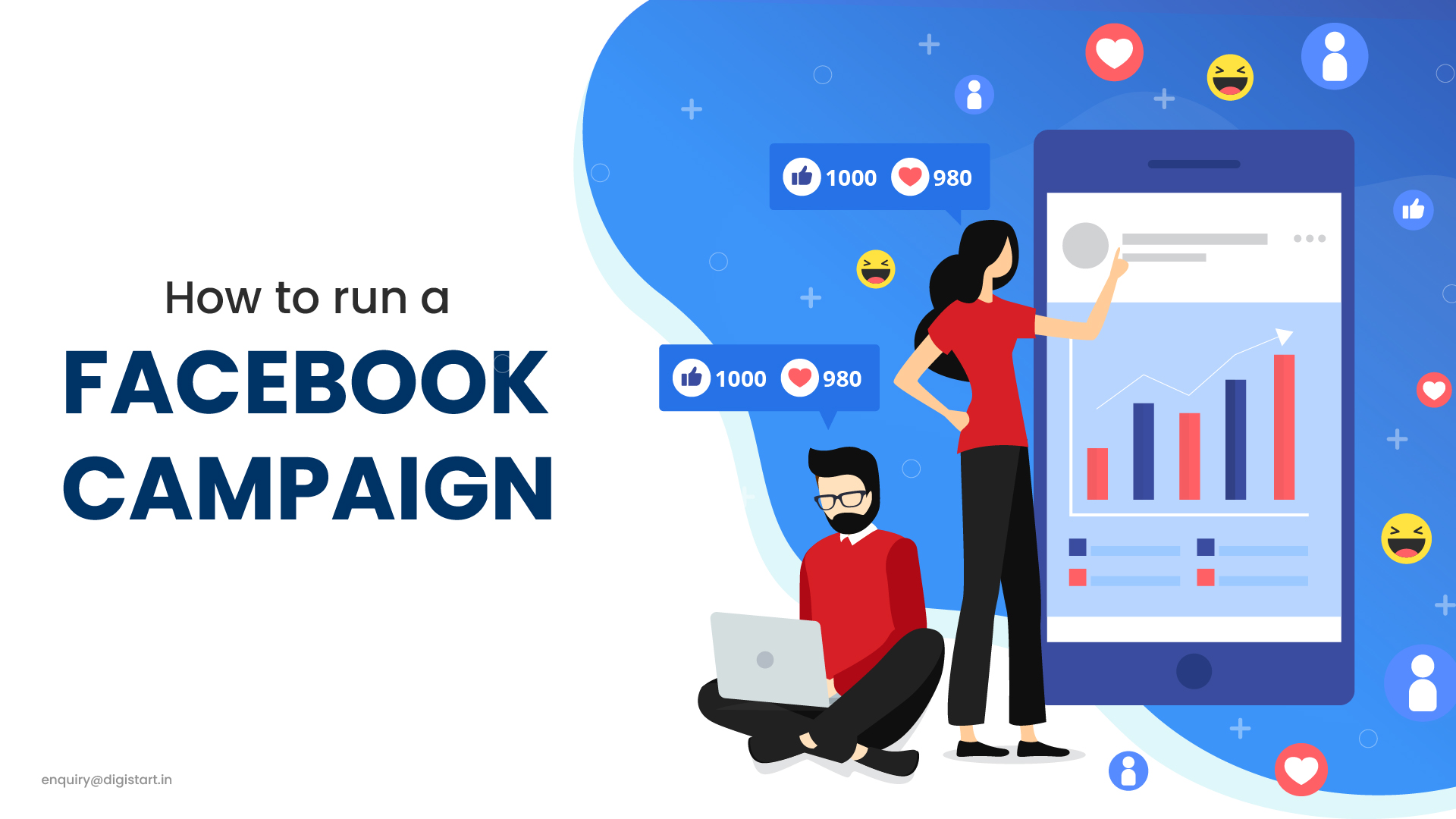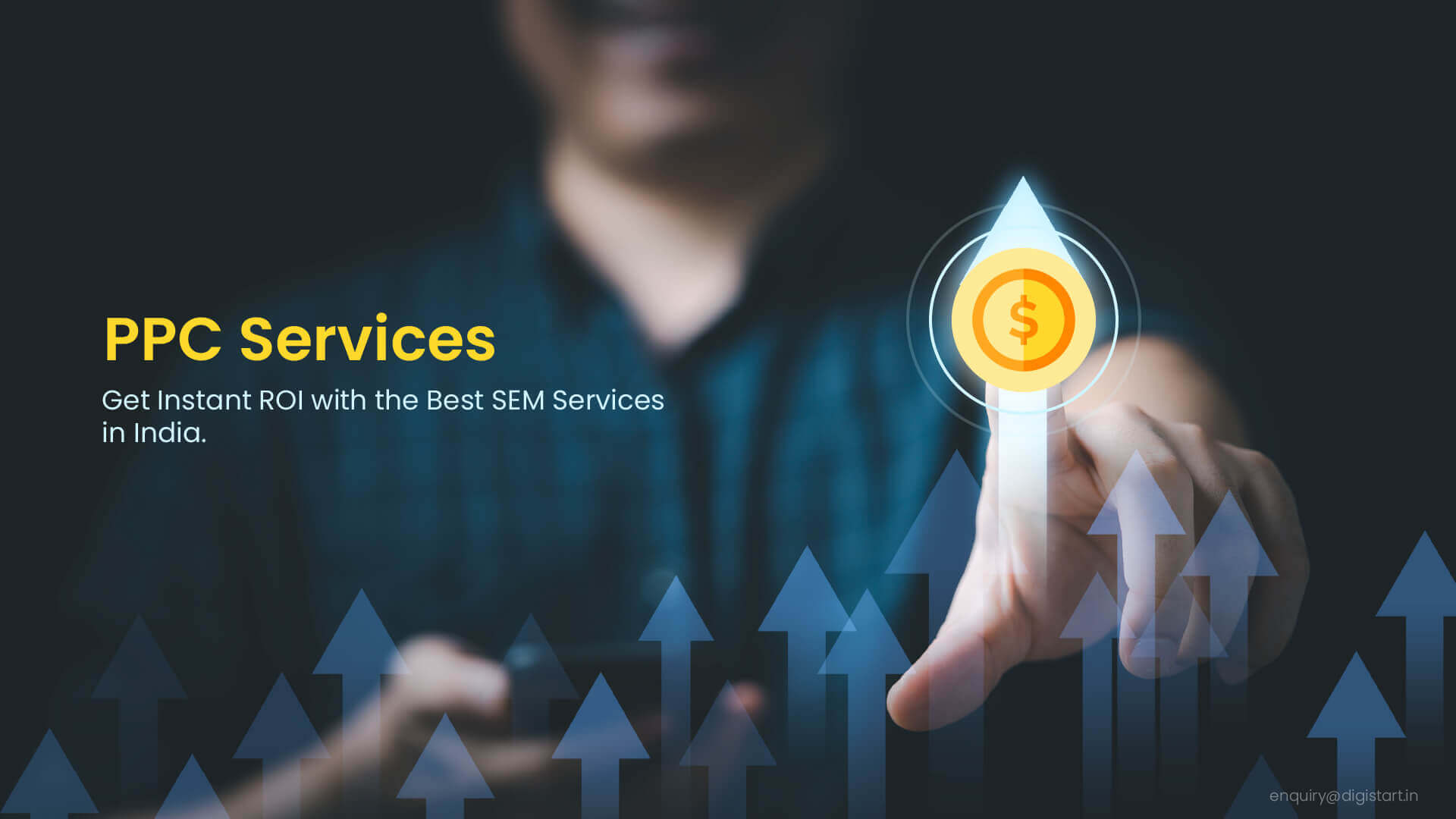 29 Aug 2023
29 Aug 2023
Advertising has changed with changing times. You must have seen the bigh hoardings and display ads of models and celebrities promoting a particular banner. Well, those big printed ad banners and billboards have changed with big digital displays.
You've most likely seen a digital display ad. They vary in size and are typically positioned near the top of a webpage, off to the side of an article, and/or at the end of an article.
In its most basic form, you're seeing an advertiser pay to have an ad placed on a web page. However, this transaction is not solely between a website owner and an advertiser; there is a third party involved.
In general, Google and Programmatic are the key facilitators of this trade. Through software, they've streamlined the ad buying process and expanded ad targeting options, making display advertising considerably more flexible, dynamic, and successful than was before conceivable.
What is Programmatic Display?
Programmatic display ads are static or dynamic ads that are highly personalized and targeted. Advertisers using programmatic display must utilize a display-side platform (DSP) to deliver their advertising, set a bid amount, input targeting information, and enter an auction to acquire ad space on various sites.
Now that we've covered the fundamentals of the display, let's look at how programming has evolved over time. The various platforms have incorporated a range of methods for identifying, tracking, and monitoring individual internet users. This has enabled them to provide material to extremely precise audiences in a variety of ways.
How Does Programmatic Advertising Work?
The use of programmatic advertising eliminates the need for manual labor. There is no intermediary in the form of an advertising network.
If you're an advertiser, all you have to do is enter the audience demography (and other categories) you wish to target into a software called 'Display-side platform.' If you're a publisher, you'll utilize a piece of software known as a supply-side platform' to communicate that you have accessible ad inventory.
There is no need to send out ad placement requests, negotiate, or perform any manual labor. Ad exchanges are notified when a visitor reaches a website. If the audience satisfies the advertiser's target audience specifications, you are automatically entered into an auction with other advertisers.
The advertiser with the highest bid wins the ad slot, and their adverts appear on the webpage. Similarly, each ad space is sold using real-time bidding, and it all happens automatically in milliseconds.
Looking for PPC companies in Bangalore or Google Ads management services? Click here for the best paid advertising agencies in Bangalore.
What is Google Display Network (GDN)?
Google introduced AdSense in 2003 - the early years of the internet. AdSense allows website owners to be paid every time someone views an ad on their site. This significantly increased the scale of Google's network and provided them with access to a wide range of websites in practically every vertical, product, and service line.
It has now grown to become one of the internet's largest display networks. They integrated the UI into Google AdWords, and voila! an internet advertising behemoth was born.
How Does The Google Display Network Work?
The Google Display Network serves as a conduit between publishers and advertisers. Advertisers use this platform to select their target audience based on interests, domain, demographics, and other important factors. They also have complete control over ad placements, ad timing, and other similar operations on a website.
Ads can be placed on a specific webpage or a mobile app. For example, GDN can be used to target people over the age of 30 in Bangalore who are looking for 2 BHK homes in Bangalore or women who are looking for skincare products.
Looking for SEO & SEM services in Bangalore? Click here for the best SEO and SEM agency in Bangalore.
How is Google’s Display Network different from Programmatic Ad?
Despite their similarities, GDN and programmatic advertising are not the same. Both of these networks have advantages and disadvantages. In this section, we'll go over each essential aspect and see how they differ:
Targeting
In most circumstances, programmatic advertising outperforms traditional advertising in terms of targeting. Act-alike audiences, content audiences, location targeting, and interest targeting are some of the targeting choices.
GDN allows you to target audiences based on subjects, keywords, placements, and affinity. Affinity audiences are niche audiences created by Google based on individual user data. Users can be classified according to their interests, which include construction, finance, beauty, health and wellness, home improvements, and lifestyle.
Google also employs in-market audiences for products and services such as auto and automobiles, baby and children's items, business management, industrial products, and electronics. The best part is you have the option to personalize your audience segment.
Advertising Variety
If you're wondering which supports more ad types, remember that both GDN and programmatic advertising support all major ad creatives, including videos, pictures, rich-media ads, and HTML5.
However, Google Display Network lags behind when it comes to rich-media ads. A large percentage of GDN publishers' websites do not support this technology. DSPs, on the other hand, excel at displaying rich-media advertisements. Given the popularity of rich-media ads as a highly interactive ad style, you may wish to consider programmatic advertising.
Network Size
You may use programmatic to access Google's Display Network as well as several others like Facebook, AppNexus, and Amazon. Certain networks may now reach up to 95% of all websites on the internet because of the expanded coverage. Since many websites register as Google partners, you can have access to more than 80% of global internet traffic through Google's Display Network.
Bidding Budget
DSPs used to have high monthly minimums that marketers had to meet in order to use their platforms. This is still true for some platforms. Using their self-service solutions, many platforms have enabled advertisers to have considerably more efficient and lower-cost access points. This, in our opinion, has had a significant influence on digital marketers with limited budgets. GDN has always operated on a pay-as-you-go basis.
Back in the day, this was a significant distinction from the DSPs, which all had high monthly minimums. GDN also allowed advertisers to pay for display advertising based on cost-per-click (CPC) or cost-per-thousand-impressions (CPM), which no other display network did.
Cost Effectiveness
Most programmatic advertising technologies (DSPs) require a minimum ad expenditure of $ 5000 to $ 10000 per month in order to be free of charge. If you don't spend that much, you'll have to pay a minimum cost, which varies per contract.
However, there is such a restriction in the Google Display Network. You are not required to spend a certain amount. As a result, if you're just getting started, GDN is a more cost-effective solution than DSP. We recommend that you test GDN first, make some money, and then invest in DSP.
Final thoughts: Which One Should You Choose?
That concludes the primary distinctions between Programmatic Advertising and Google Display Network.
The GDN is an excellent solution for new marketers who wish to keep things simple. There is no pricing barrier, and it is simple to use. Furthermore, GDN interfaces directly with Google Product Suite, providing access to Drive, Google Calendar, and Gmail. You may also utilize the tool to target a specific audience based on their Google search history.
Programmatic advertising, on the other hand, provides a larger distribution scale, allowing access to more than 20 ad exchanges. As a result, programmatic gives you more control over creative placement, audience targeting, and remarketing choices. Furthermore, advanced targeting options such as behavioral advertising, in-store analytics, and location-based advertising are available.
P.S. : Are you running a small business or starting your brand? You might need a more specialized and professional PPC service agency like Digistart
Digistart is the best digital marketing company in Bangalore that provides the complete package of of marketing and conversion services, including social media marketing services, content marketing, lead generation services, and ORM services in Bangalore.




















